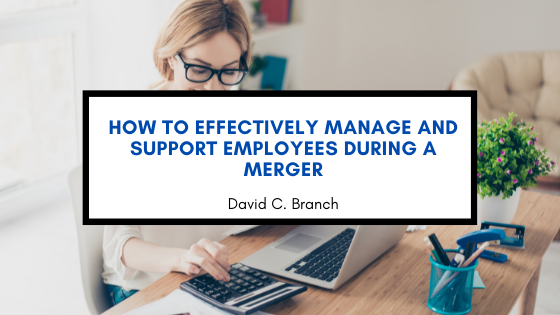Mergers can create new opportunities for the merging companies, such as a larger market share, increased efficiencies, lowered costs, and a combining of talent from both companies. Yet, despite all of these benefits, mergers can be tricky to navigate through successfully. Most firms only focus on capturing the value and benefits of a merger and essentially ignore the steps required to maintain the company’s health in terms of culture, employee retention, and day-to-day operations. Here is what you can do to manage and support employees through a merger successfully.
There are two main types of changes during mergers that can impact employees and how business is conducted. Cultural changes include the new working norms, management practices, and values after the merger is complete. Operating changes include restructuring the organization after a merger and new roles, responsibilities, processes, and decisions that employees will face. These two major types of changes must be addressed to complete a successful merger and capture the anticipated benefits.
There are four easy steps to lead the company and support the employees before, during, and after merging with other firms. The first step involves setting the direction. This typically consists of the firm’s top management laying out a plan for the company for the merger. Typical plans may include the anticipated new organizational structure, the new business processes, and the changes in culture. The first step can be viewed as a planning stage.
The second step to supporting your employees and leading your organization through a merger energizes the organization. This step involves getting all your employees on board with the merger. Explain the benefits of why the company is merging with another firm. Describe any new roles and responsibilities that employees may face.
Hardwiring the new changes throughout the company is the third step to a successful merger. This step is the implementation phase of the new roles, responsibilities, business processes, and culture that the company has planned from step 1. Set an example of following the new changes at the company from the top. Give employees training or additional information they may need to implement the new changes successfully. Reinforce employees adapting to the roles and responsibilities by rewarding and encouraging them to make the necessary adjustments.
Driving execution of the changes occurring at the company is the last step to a successful merger. This final step involves actively monitoring how the changes are being implemented at the company. In this step, you want to ask yourself these questions. Did the company obtain the value or benefits that were anticipated during the merger? Are employees being integrated within the company’s new organizational framework and culture?

